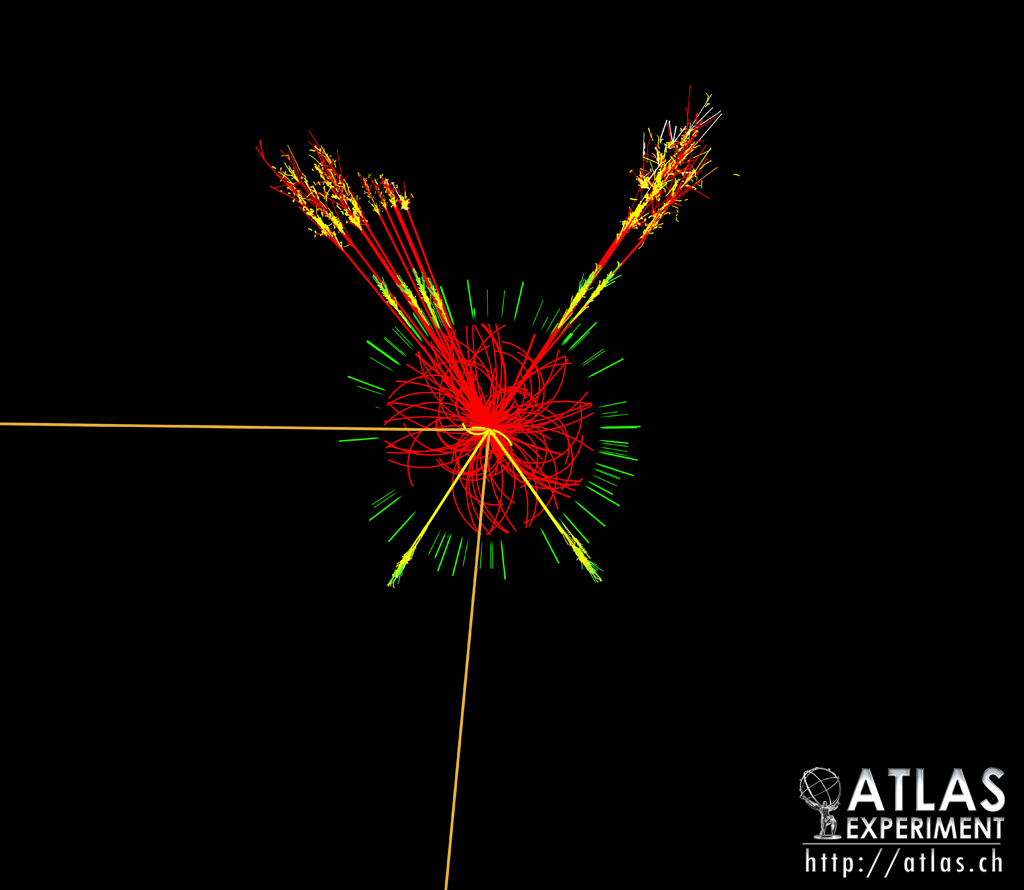What is the Higgs particle?

Particle Physics, or High Energy Physics, is a study of the smallest building blocks of matter. In other words, it is an attempt to understand how the universe works at its most fundamental level. We know that all things we see around us are ultimately made up of elementary particles such as electrons and quarks. What these elementary particles are and how they interact are the questions particle physics tries to answer. In the past 40 years, we have arrived at what is called the Standard Model of Particle Physics, which is capable of explaining everything we have observed so far.
It turns out that one of the most difficult parts of the Standard Model is the part that explains how it is that the elementary particles have mass. The explanation is provided by something called the Higgs field. This is an invisible field that is everywhere in the universe, and the interaction of the elementary particles with this field gives them mass. This may seem somewhat arbitrary, but the Higgs field hypothesis makes a definite prediction that can be tested by experiments. If there is a Higgs field, there must be a hither-to-undiscovered particle called the Higgs boson associated with it.
It maybe, however, that the Standard Model is only a part of the truth. In this case Higgs field, and consequently the Higgs particle (or particles--there may be more than one) may look and behave differently from the Standard Model predictions.
Finding of the Higgs particle, and subsequent understanding of its properties are, then, a keystone to our understanding of how the universe works. Physicists have been searching for this elusive particle for the past 40 years. One of the main purposes of the Large Hadron Collider (LHC) at the CERN laboratory in Geneva, Switzerland is to find the Higgs particle or to show that no such thing as the Standard Model Higgs particle exists.
Back to Higgs main page